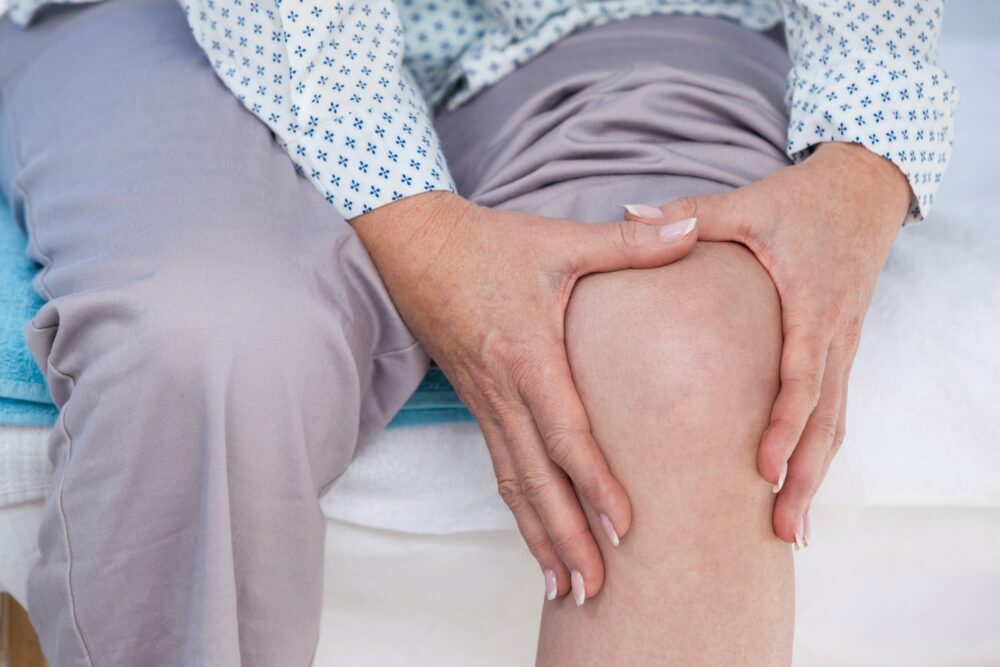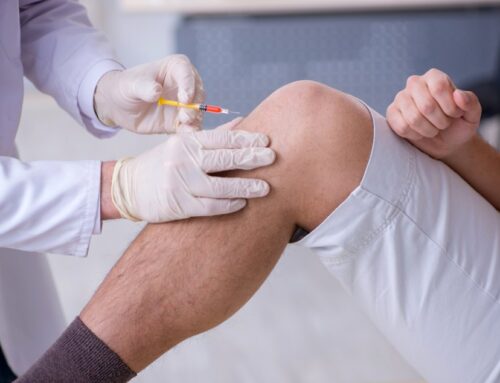Advancements in medical science have opened up innovative avenues for treating various conditions, and one such breakthrough is stem cell therapy. When it comes to knee problems, patients often contemplate the choice between traditional knee replacement surgery and the revolutionary regenerative therapies offered by adult stem cells. With the potential to promote healing and repair damaged tissues, stem cell knee procedures have gained traction as a promising alternative to invasive surgeries.
In this blog post, we will delve into the realm of stem cell therapy, exploring what it entails and what you can expect during the recovery and rehabilitation process. So, if you’re considering this groundbreaking treatment for your knee ailment, read on to gain valuable insights into your potential journey toward recovery and restored mobility.
Immediate Post-Procedure Period
Following stem cell injections for knee therapy, it is normal to experience swelling and discomfort in the affected area, which will gradually diminish over time. It is crucial to prioritize rest and elevating your leg during the immediate post-procedure phase to minimize swelling. To manage any pain that may arise, you may also be prescribed suitable medication. Moreover, your healthcare provider will likely recommend specific exercises aimed at enhancing your knee’s range of motion and strengthening the surrounding muscles.
These exercises play a vital role in facilitating a successful recovery and rehabilitation process. It is important to adhere to the instructions provided by your healthcare provider regarding these exercises, as they significantly contribute to restoring full functionality in your knee. Although complete recovery may require some time, your dedication to these exercises will ultimately yield favorable long-term outcomes.
Early Rehabilitation Stage
During the early stage of rehab, you’ll experience a sense of hope as your knee begins to heal and regain strength. This is an exciting time as you start to see improvements in your mobility. One important aspect of this stage is strengthening exercises. These exercises are designed to target specific muscles around the knee joint, helping to stabilize and support it. By gradually increasing the intensity and duration of these exercises, you can build up the strength in your knee and improve its overall function.
Another key focus during this stage is improving range of motion. Through gentle stretching and controlled movements, you can gradually increase the flexibility in your knee joint, allowing for better mobility and reducing stiffness. Remember to follow your rehabilitation plan closely and consult with your healthcare provider for guidance throughout this process.
Mid-Term Rehabilitation Stage
During the mid-term rehabilitation stage of your recovery, you will prioritize three essential aspects to improve knee function after a stem cell knee procedure. These include engaging in strengthening exercises, enhancing range of motion, and performing balancing and stability exercises. By incorporating these activities into your rehabilitation routine, you can effectively build muscle strength, increase flexibility, and improve overall balance and stability. Actively participating in these exercises will expedite the healing process and facilitate the restoration of full functionality in your knee.
As a candidate for stem cell therapy, your focus on these aspects will contribute to the growth of healthy tissue, aid in the repair of damaged tissues, and enhance joint function. Remember, these exercises work in synergy with the regenerative potential of bone marrow stem cells, fostering a comprehensive approach to tissue repair and promoting optimal recovery outcomes.
Strengthening exercises
After undergoing stem cell treatments for your knee, it is essential to incorporate various strengthening exercises into your daily routine to promote healing and enhance your overall strength. These exercises play a pivotal role in improving muscle tone and stability around the affected joint. Throughout your recovery journey, your physical therapist will provide guidance and support, instructing you on exercises that specifically target key muscle groups like the quadriceps, hamstrings, and calf muscles. Examples of these exercises may include leg presses, step-ups, wall squats, and heel raises.
By consistently engaging in these exercises and gradually increasing the intensity as recommended by your healthcare team, you will progressively regain strength and restore function to your knee. Remember to start at a comfortable pace and listen to your body’s signals. With dedication and persistence in performing these strengthening exercises, you will be well on your way to a successful recovery from your stem cell knee procedure.
Improving range of motion
You’ll quickly notice an improvement in your knee’s range of motion as you consistently practice specific exercises recommended by your physical therapist. These exercises are designed to target and strengthen the muscles surrounding your knee joint, ultimately improving flexibility and increasing mobility. By engaging in regular stretching routines, you will gradually regain the ability to fully extend and flex your knee without discomfort or limitations. Your physical therapist may also introduce techniques such as manual therapy or joint mobilizations to further enhance your range of motion. It is important to stay committed to these exercises and follow the guidance of your therapist for optimal results. Over time, with dedication and perseverance, you will experience a significant improvement in the overall movement of your knee joint.
Balancing and stability exercises
Incorporating balancing exercises into your routine following a stem cell knee procedure is crucial for building stability and confidence in your knee. These exercises contribute to your recovery process by improving proprioception, which is your body’s awareness of its position in space. Proprioceptive exercises challenge your balance and stability while performing various movements. Examples include standing on one leg, walking on uneven surfaces, and utilizing equipment like wobble boards or balance discs.
Regular practice of these exercises enhances joint stability, reduces the risk of falls, and improves overall functional ability. Begin with simple balancing exercises and gradually increase the difficulty as your strength and stability improve over time. By prioritizing these exercises, you support soft tissue healing and tissue regeneration, aiding in your recovery from a knee injury. Growth factors generated through balancing exercises play a crucial role in optimizing your knee’s rehabilitation and promoting a successful recovery.
Long-Term Rehabilitation Stage
After undergoing stem cell treatments for your knee, the long-term rehabilitation phase will play a crucial role in restoring strength and mobility to your joint, enabling you to confidently return to your favorite activities. During this phase, you will experience ongoing progress in your rehabilitation journey, witnessing improvements in the function of your knee. The duration of this stage can vary for each individual, typically spanning several months to a year for complete healing and restoration of the knee joint. Collaborating closely with your physical therapist, you will develop a tailored exercise program focused on strengthening the muscles surrounding the knee and enhancing overall stability.
This program may encompass activities such as balance training, resistance exercises, and low-impact options like swimming or cycling. By diligently adhering to your personalized rehabilitation plan and consistently engaging in these exercises, you will observe notable enhancements in the functionality of your knee over time.
Potential Complications and Precautions
When considering treatment options for your knee, it’s essential to be informed about the potential complications and take necessary precautions to ensure a smooth and successful recovery. While stem cell procedures for the knee are generally safe, it’s important to be aware of possible complications that may arise during the recovery process. Managing these complications effectively is crucial for achieving optimal outcomes. Some potential complications include the risk of infection, bleeding, or adverse reactions to anesthesia.
To minimize these risks, it is important to follow post-procedure precautions, such as keeping the surgical site clean and dry, taking prescribed medications as directed, and attending all follow-up appointments with your healthcare provider. Additionally, it is advisable to avoid engaging in strenuous activities or placing excessive pressure on your knee during the initial stages of recovery. By being mindful of these precautions and promptly addressing any concerns with your healthcare provider, you can play an active role in facilitating a successful rehabilitation journey after your stem cell knee procedure.
Final Thoughts
Following a stem cell knee procedure, active participation in the recovery and rehabilitation process is essential. While you may experience some initial discomfort, it is expected to improve over time. Physical therapy will be a vital component in the early stages of rehabilitation, helping you regain strength and mobility. As you advance through the mid-term and long-term rehabilitation stages, you can anticipate continued enhancements in the function of your knee.
It is important to diligently adhere to any precautions and guidelines provided by your healthcare team to minimize potential complications and promote a successful recovery. Through your commitment and engagement in the rehabilitation process, regenerative medicine can prove to be a viable option for restoring the health of your knee and enabling you to resume your desired level of physical activity.





